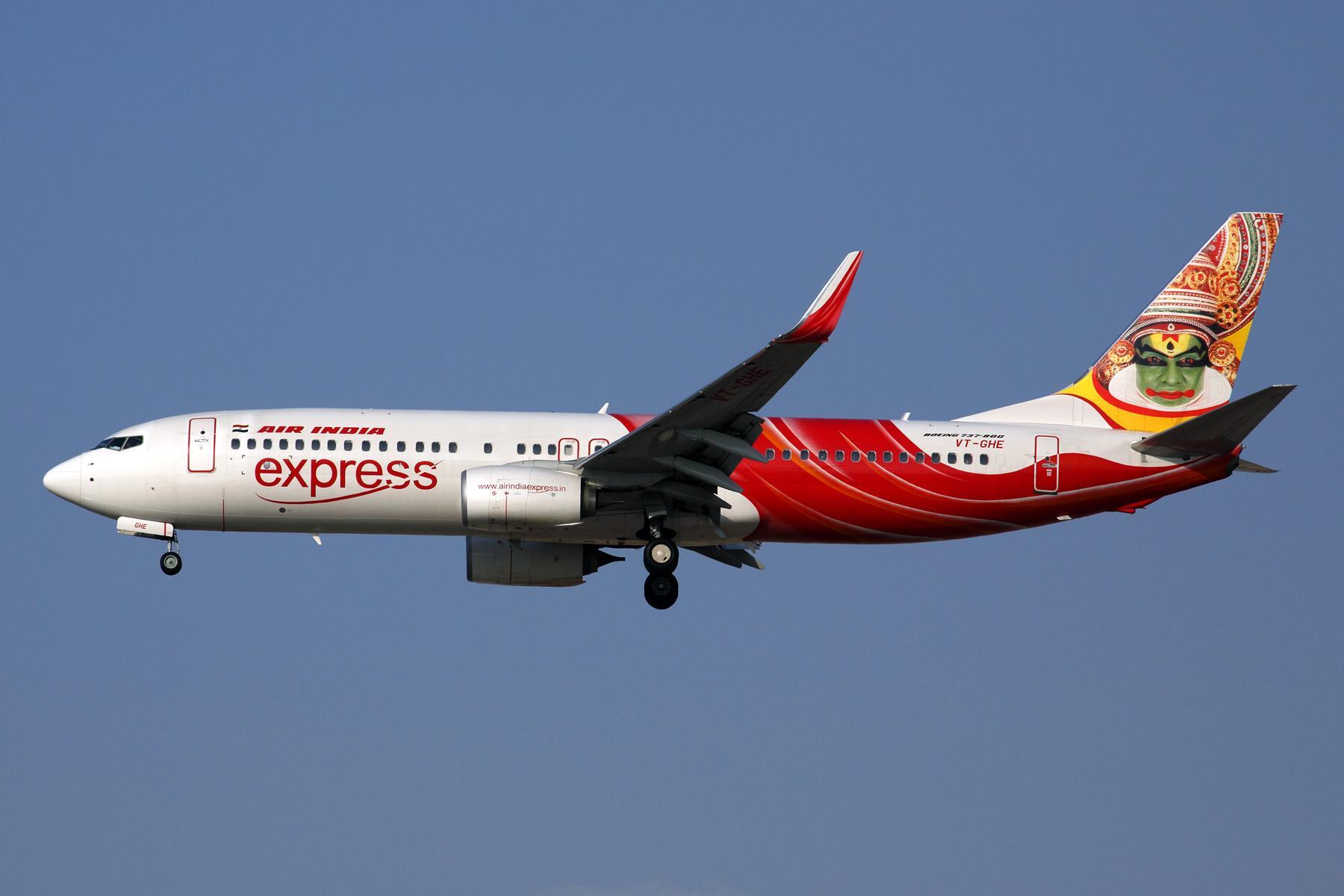What Was The Most Significant Factor Behind The Air India Express Crash?

Runway ends at Kozhikode Calicut International Airport (CCJ), where Air India Express Boeing 737-800 was involved in a fatal runway excursion Aug. 7, were adjusted to create more runoff space for aircraft in 2019, an Airports Authority of India (AAI) document shows.
But the moves stopped short of recommendations made following a similar accident in 2010.
Safety measures at the airport, which is set atop a hill and has downward slopes just beyond each runway overrun area, will be one of many areas scrutinized during the Air India Express Flight 1344 (IX1344) investigation.
The aircraft ran past the runway end and down an embankment beyond the designated runaway safety area. Its main fuselage broke into two pieces and the tail section separated from the rest of the airframe.
The area’s reported weather around the time of the accident included scattered clouds at 1200 ft. and below, rain, winds from 240-260 deg at 11-12 kt, and visibility of 2000 ft.
CCJ is one of three so-called “tabletop” airports—featuring runways atop flattened hills—with commercial service in India.
Indian officials considered Engineering Material Arresting Systems (EMAS) for both CCJ and Mangalore based on the 2010 recommendations. But they determined enlarging the runway overrun areas by re-designating part of the runway surface as safety area and reducing the published, declared takeoff and landing distances was a more prudent approach.




